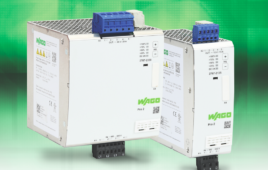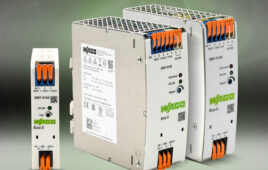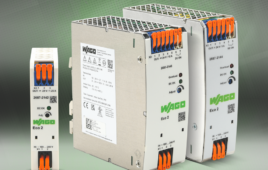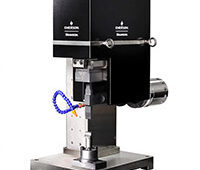Scientists have long been hopeful that solar energy will power the future. But its potential has remained largely untapped. One of the key steps to putting solar energy into use on a large scale is to reduce the cost of solar panel production.
Solar or photovoltaic panels are made up of treated silicon cells arranged in series’ of strings that produce electric power when exposed to light. Common types of solar panels include monocrystalline, polycrystalline, and amorphous or thin film. The thin film type is currently the cheapest on the market to produce, and Applied Materials, Inc., has something to do with it.
Applied created a line that lets manufacturers rapidly establish solar panel manufacturing capacity and decrease the cost-per-watt of production.

The Applied SunFab™ Thin Film Line is an integrated production line for manufacturing thin film silicon solar modules using 5.7-meter (m2) glass panels. The 2.2 x 2.6 m substrates are four times bigger than today’s largest thin film solar production panels.
The line can be configured with single or tandem junction technology. It produces enough solar modules per year to generate up to 75 mw of electrical power. The panels can reduce the cost of utility-scale and building-integrated photovoltaic (BIPV) system installations by more than 20 %. The company has already received multiple contracts for its SunFab™ Thin Film Line from customers in Europe and Asia.
Applied adapted its Chemical Vapor Deposition (CVD) and Physical Vapor Deposition (PVD) process systems to build the most critical layers of the module, including its Plasma Enhanced CVD (PECVD) system that processes 5.7m2 glass substrates for the flat panel display industry.
Applied Materials, Inc.
www.appliedmaterials.com
Opera Software ASA
www.opera.com
: Design World :
Filed Under: Semiconductor manufacture, Power supplies





Tell Us What You Think!